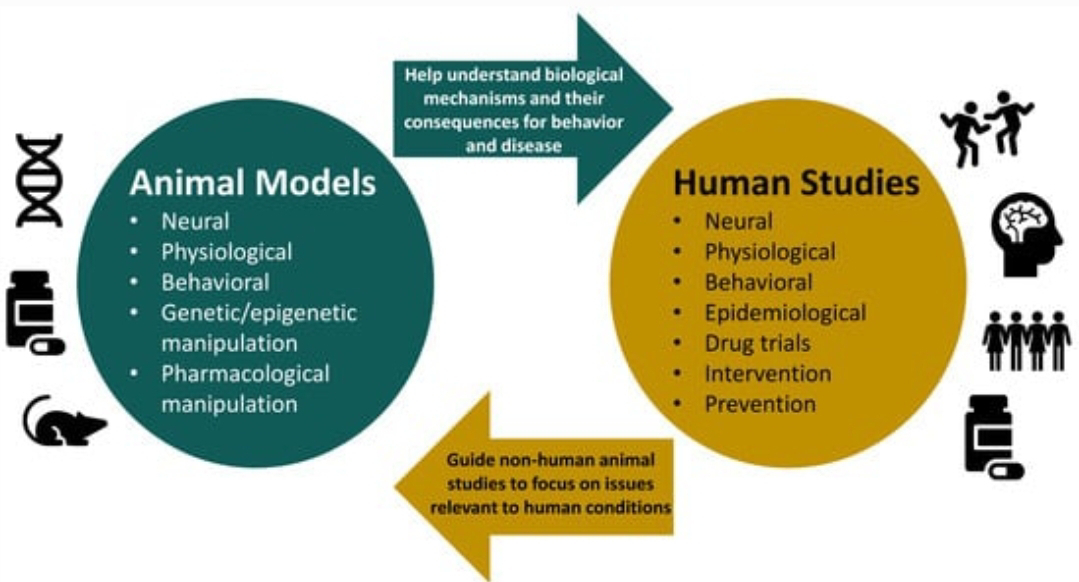Is a Cognitive Revolution in Theoretical Biology Underway?

The field of theoretical biology stands at a crossroads. For decades, the primary focus has been on understanding biological systems through the lens of reductionism , breaking down complex phenomena into their constituent parts. This approach has yielded insights, from the structure of DNA to the intricate workings of ecosystems. However, a growing number of researchers argue that a fundamental shift in perspective is needed – a cognitive revolution that places cognition and information processing at the heart of biological explanation. This article explores the potential for a cognitive revolution in theoretical biology. We will begin by examining the limitations of the reductionist approach. Then, we will delve into the key tenets of a cognitive framework in biology, highlighting areas where it offers a fresh perspective. Finally, we will discuss the challenges and opportunities that lie ahead for this emerging paradigm. The Limits of Reductionism Reductionism has been...


